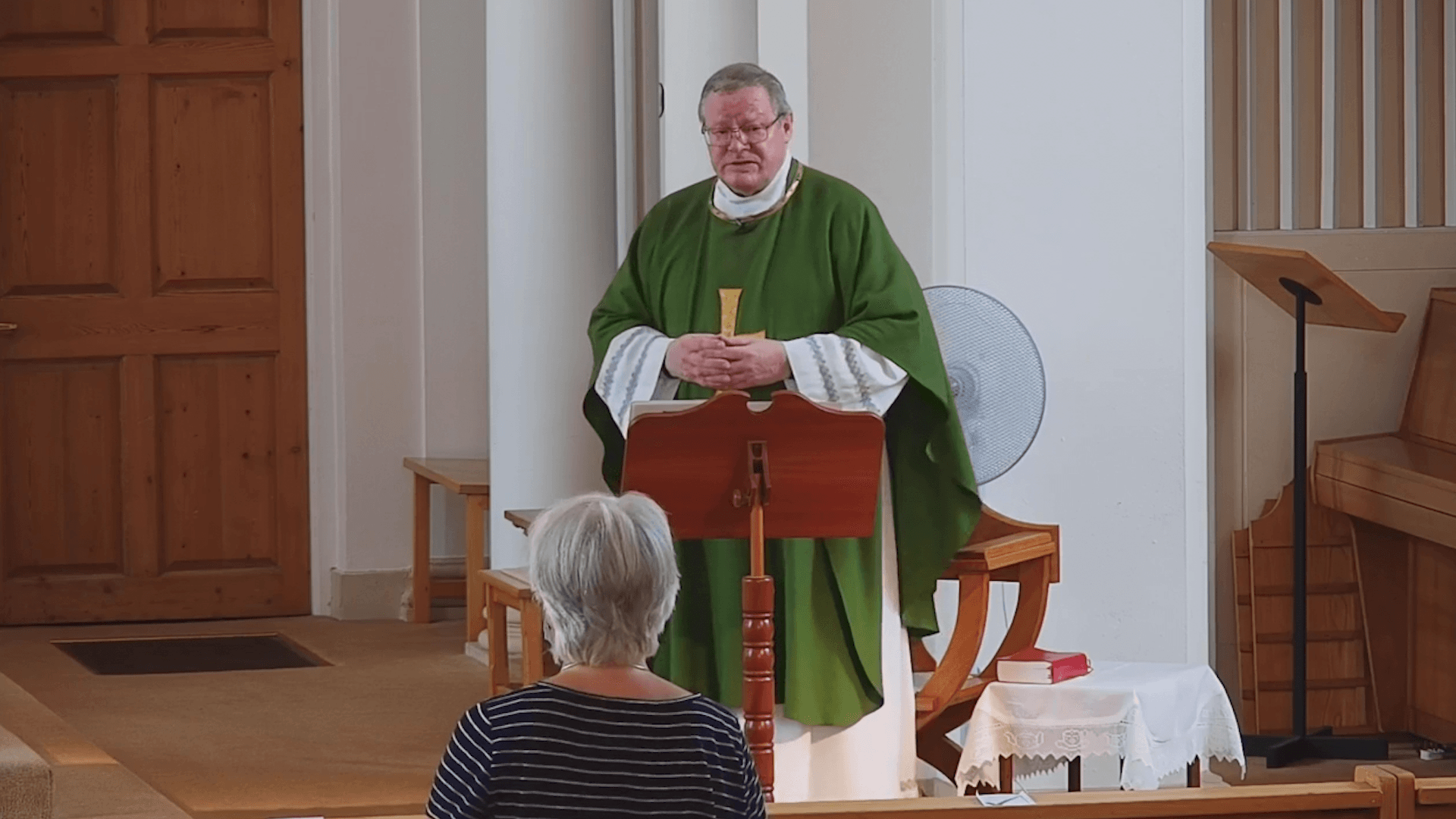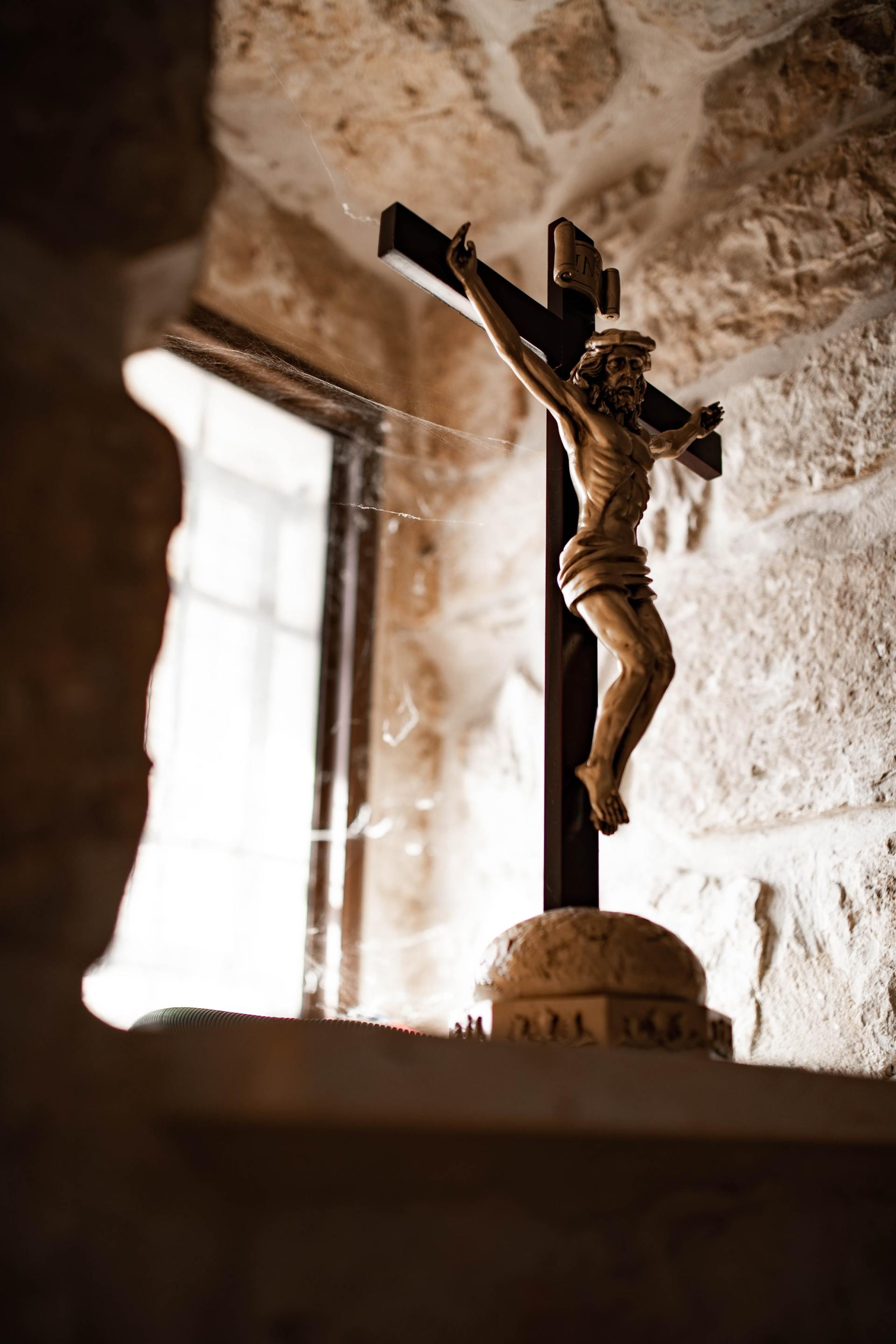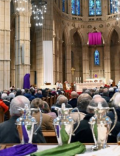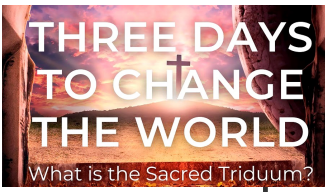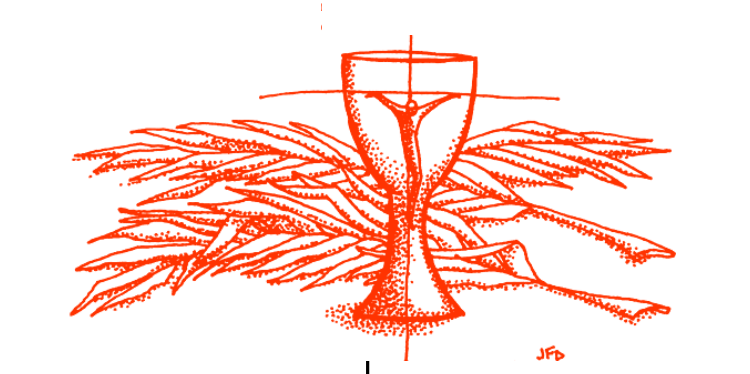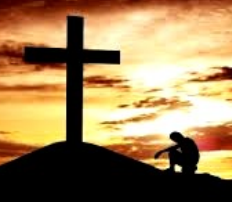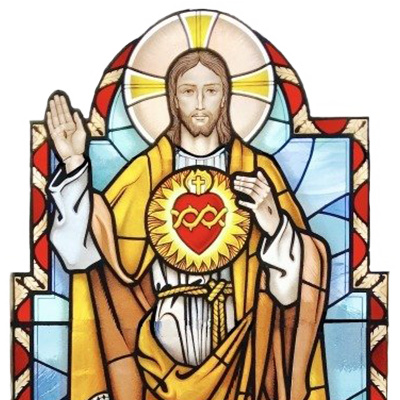Come and see
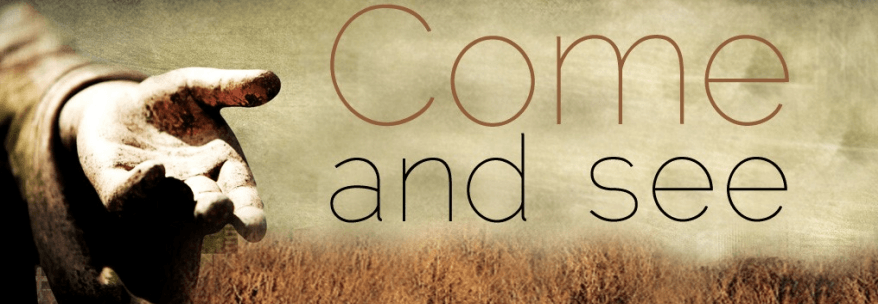
Starting our journey through Ordinary Time, the gospel begins with looking, gazing, and responding to the call to discipleship. John the Baptist stands with two of his disciples, ready to decrease in significance so that Jesus may increase (c.f. John 3:30). After his testimony there will be no hanging onto his former disciples. John watches Jesus pass by; the eyes of his heart penetrate to the reality of this man, and he points him out to his disciples as the Lamb of God. The Jewish religious experience of the lamb was as the sacrificial offering that overcame the alienation of sin and created unity between the people and God. In whatever way the Baptist’s disciples understood his words, they were spoken with an urgency that made them leave John to follow Jesus. Jesus himself turns and sees them. The word the evangelist uses for ‘saw’ (theásthai) has the sense of gazing contemplatively and engagingly at these two followers. Jesus then asks them his first question in the fourth gospel: “What are you looking for?” It is a question that will persist throughout this gospel, from the first chapter through to the garden of the resurrection morning, but by then the ‘What’ has become ‘Whom’ in the intimate encounter with Mary Magdalene (John 20:15). The two disciples ask the Teacher (Rabbi), where he is staying, and he responds by inviting them to ‘Come, and see.’ Their question is about a place; their experience is about abiding for the rest of the day in a relationship with a person, about the beginning of a new communion between the people and this Lamb of God. The ‘where’ is not as important as the ‘with whom.’ A pattern of discipleship is established: through witness (of the Baptist), others follow and experience Jesus’ truth for themselves. They in turn bring others to Jesus. One of the first who followed Jesus remains anonymous, perhaps as a Johannine invitation to future readers to see a challenge in the following, seeking pattern of discipleship. The other is later named as Andrew, who announces to his brother, Simon Peter, that he has found the Messiah. Like the first disciples, we all see something different in this same Jesus, and Jesus recognises the truth in us, just as in this first chapter of the fourth gospel, Jesus’ insight into Simon’s role in the community of the disciples suggests his renaming as Cephas (in Aramaic, kepha; in Greek, petra; in English, rock). The gospel proclaims that discipleship is an active and involving relationship with Jesus: a following, seeking, staying, finding, and dialoguing with him. We hear how each decision to follow Jesus is a response to a statement about Jesus’ identity as Lamb of God, Rabbi, Messiah, by people whose ears and hearts are open to the Word of God, who hear his invitation through the words of friend or stranger, through events of joy or sorrow, or who discern a moment of religious significance in the everyday.
